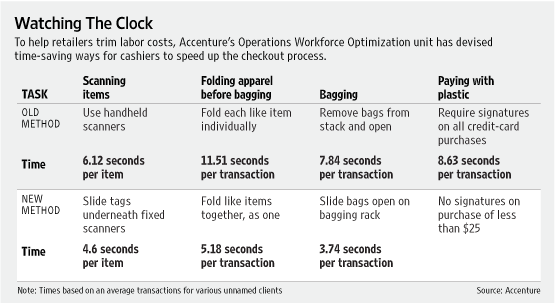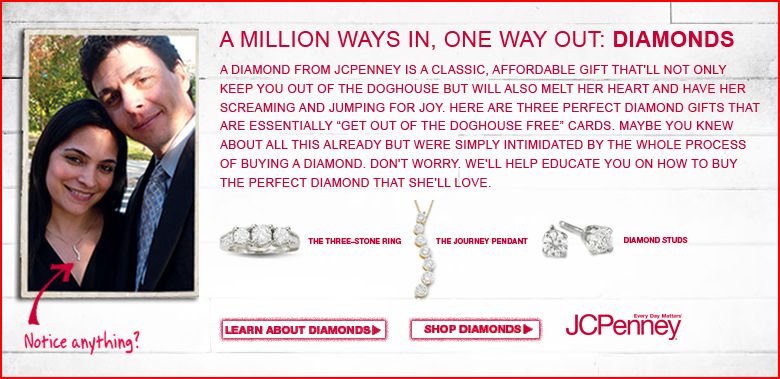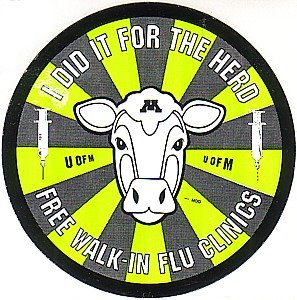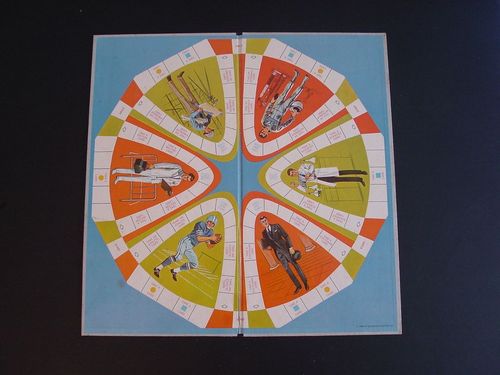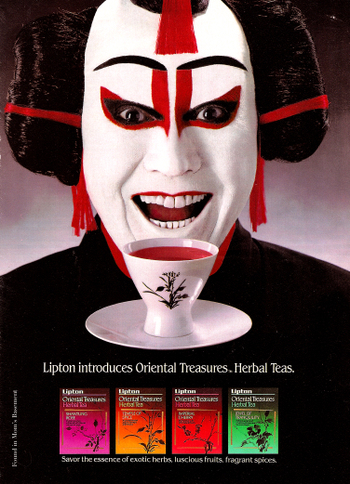Miguel E. sent us a link to a story about Natural High, a Japanese company that reportedly makes “extreme” pornography. The producer, Sakkun, felt bad that many children in Africa live in poverty and so he sent a porn star to Kenya to have sex with African men (on film, of course). The company gave a Kenyan aid organization one million yen (around $10, 800 U.S.) and 1,000 more (currently about $10.77 U.S.) is donated for every DVD sold (story here). Images and discussion after the jump:
These first two photos are part of a promotional photo shoot in which the porn star poses with recipients of aid:


Natural High has, in fact, produced a series of “charity porn” videos. In these videos, female porn stars have sex with men and a portion of the profit goes directly to their communities (as I understand it). The first image below is a promotional photo and the others are DVD jackets:




Some scattered thoughts:
1. If this was a U.S. production company, I would say that this represented a fetishization of the modernity/tradition binary (like the fashion shoots we’ve highlighted–see here and here–but explicitly and literally sexualized) and that the videos might function as a sort of sex tourism.
2. Gail Dines writes about interracial porn produced in the West. She argues that the genre of porn in which white women have sex with black men functions to denigrate both white women and black men. If the content of the videos is any indication, the viewers of the pornography, who she argues are primarily white men, get off on watching white women being degraded by having sex with a black man. Thus the genre is both racist and sexist.
3. The project also reminds me, more directly, of this Icelandic cartoon that caricatures Barack Obama as a primitive cannibal cooking up a sexualized Hillary Clinton.
But I don’t know if any of this applies in the Japanese context. Any thoughts?
The project also raises ethical questions.
First, the news story doesn’t discuss payment. I assume the men are paid. This raises serious questions. How much choice can these individuals really exercise if, in fact, they are as impoverished as the producer claims? This reminds me of those campaigns to sterilize women on welfare or drug-using women by offering them a sum of money and paying for their operation. Is this consent or coercion?
Second, to what extent do you think these individuals would understand what they were getting into when a Japanese porn company came along offering money in exchange for engaging in sex on film? I should be careful not to assume that such populations are ignorant about the “modern” world, but it’s possible that they are rather unfamiliar with the pornography industry. That said, another question is to what extent this is all staged.
Finally, I wonder how the women in these communities feel about this project. Certainly some women wives and girlfriends of the men in the video are perfectly fine with it, and happy to get some money. But I would assume that at least some are not thrilled that their husbands or boyfriends are having sex with this other woman who is in town to make a video. To what degree do the producers worry about how the women who are connected in some way to these men feel about their participation? Related to that, to whom are the payments to the community made? Do women have a role in deciding how it is spent, or is the money distributed to the men who were in the video, in which case it might or might not be spent in ways that improve women’s lives (as many aid agencies have discovered over the years)?
I hesitate to make conclusive comments about what this video series illustrates because I am unfamiliar with Japanese culture. If you have some familiarity with Japan, I’d be really interested in your thoughts.
UPDATE: In our comments thread, Andrew writes that he rented one of this films and that the sex occurs between Japanese porn stars, not the local men. I will admit, I did not verify this story personally, so I’m blogging blind. Has anyone else actually seen these videos?



